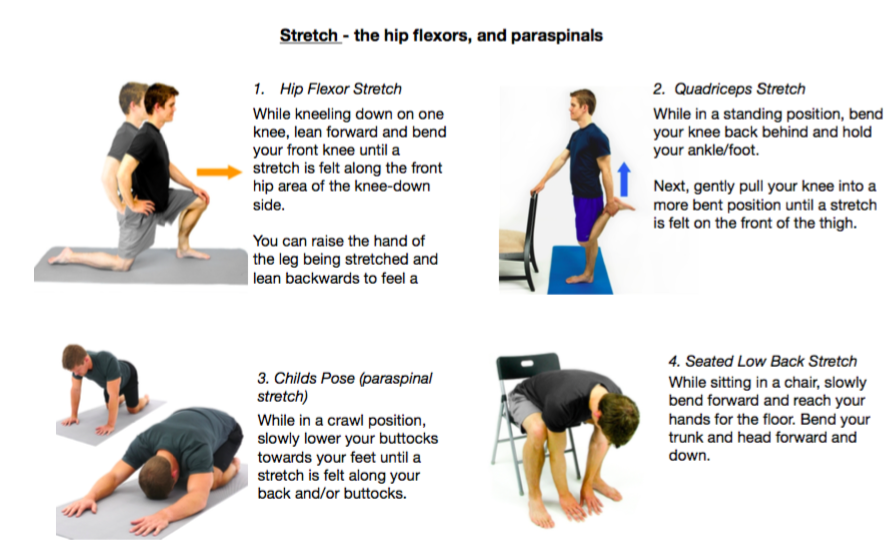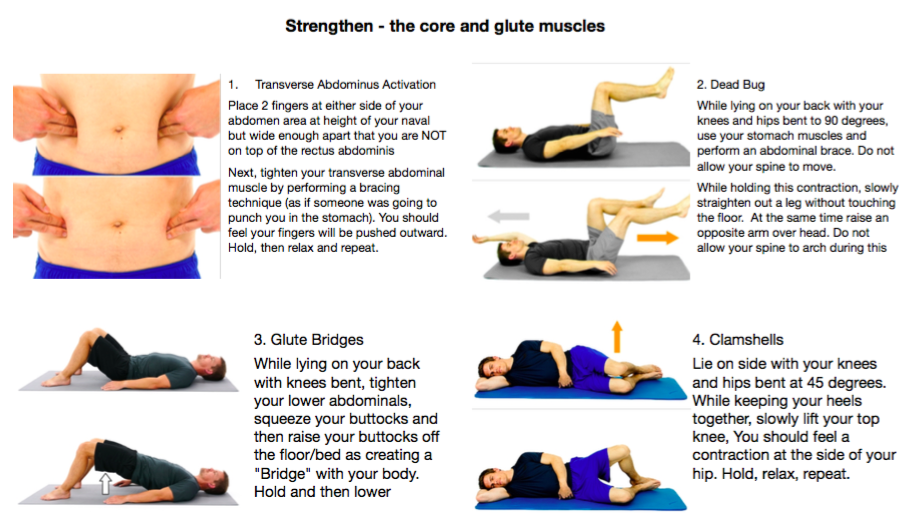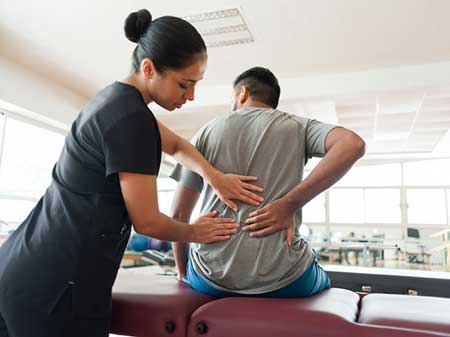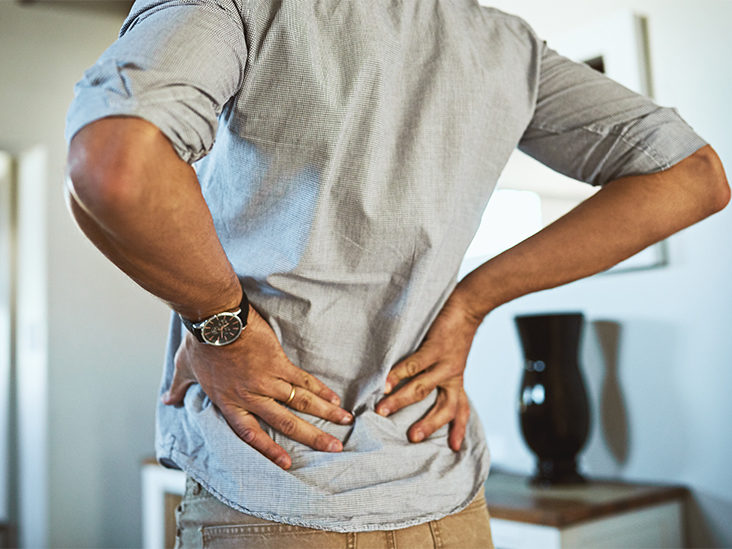BLOG
Experiencing Low Back Pain from Sitting all Day? You could be developing Lower Cross Syndrome
By: Dr. Patricia Farrell
I’m sure many of us have heard of “Upper Cross Syndrome”, usually stemming from poor posture with the head pushed forward, seen mostly in students and desk workers. Upper cross syndrome is an imbalance of the neck and shoulder musculature, and tends to lead to headaches, neck pain, shoulder pain, jaw pain, weakness of the neck, tightness of the chest, just to name a few.
With working from home being the “new normal”, we are hearing a lot of individuals report increased low back pain, primarily 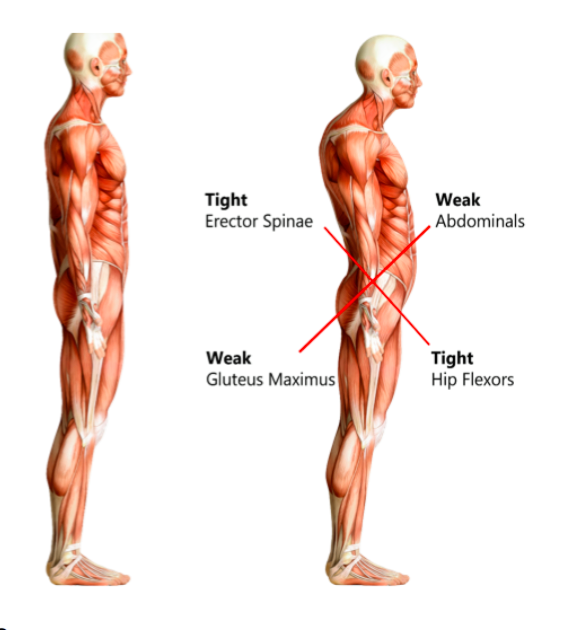 from sitting for the majority of the day in less than ideal positions. This can often times be the result of what is known as “Lower Cross Syndrome”.
from sitting for the majority of the day in less than ideal positions. This can often times be the result of what is known as “Lower Cross Syndrome”.
While upper cross syndrome is the result of neck and shoulder muscular imbalances, lower cross syndrome (LCS) is characterized by specific patterns of muscle weakness and tightness between the front and back of the body. Specifically, there is overactivity, and therefore tightness, of the hip flexors and lumbar spine extensors, while there is underactivity, and therefore weakness, of the core muscles (rectus abdominus, internal and external obliques, the infamous transverse abdominus), and the gluteal muscles. In addition, often times tight hamstrings are found as well.
Based on the attachment points of the hip flexors onthe pelvis and lumbar spine, as well as the lumbar erectors on the pelvis, when these muscles are tight, it pulls the pelvis in a forward tilt, therefore increasing the curve in our low back. This in turn places extra stress on the lumbar facets, sacroiliac joints, and hips. It can also result in external rotation of the hips and extension of the knees.
This can eventually lead to pain, joint dysfunction, and discomfort. In addition, compensatory strategies can develop such as increased thoracic kyphosis, and increased cervical lordosis, placing extra loads on these areas as well. With the core and glute
muscles being under activated and inhibited, they are unable to counteract the force of the overused, and tight hip flexors and lumbar extensors.
When we are sitting for a long period of time, the hip flexors are in a chronic, shortened position, resulting in the overuse and tightening of them. In addition, the lumbar spine extensors are also working extra hard in order to keep us sitting upright. Unfortunately, with this position, the crucial core muscles and gluteal muscles are underused and can therefore become inhibited and weak overtime.
So, how do you fix this?
